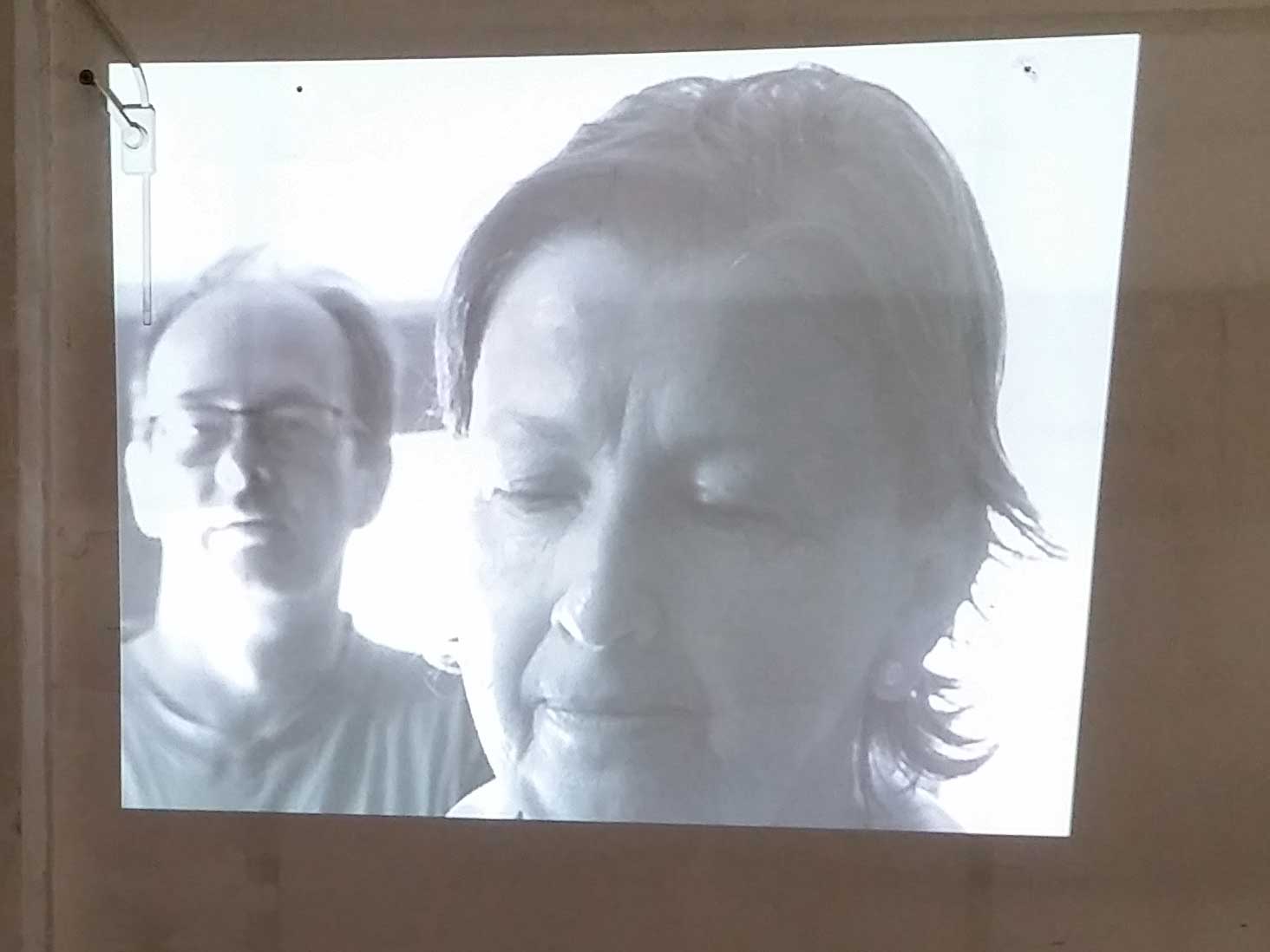Setki Pricelov Dlya Stalker

Description: Concept for an Outer Solar System Flyby Second-Generation Microspacecraft (SGM). In this design, the spacecraft autonomously provides imaging and spectroscopy of objects in the outer solar system for spacecraft solar ranges of 3 to 39 Astronomical Units (AU) and Earth ranges up to 38 AU.
Funfair ride jingles dj sound effects. The all-new Night Goggles “Night Stalker” Shooting Platform is the most portable, affordable and universal tripod and rifle rest combo to date. With lightweight. Ruger – 44 mag Deer Stalker, 96/44. S47: Rear; S46: Front. Winchester – 70 Long & Short action, H&H mags above #1,896,476.
Estimated spacecraft wet mass, launch configuration size and load power are, respectively, 8.4 kg, 46-cm diameter x 30-cm, and 0.1 to 15 W - depending on operating state.%lt;p%gt; In this mass regime, missions to the outer solar system with relatively short trip times appear possible using small launch vehicles with appropriate upper stages. Unlike some SGM, this spacecraft spends most of its time in cruise in a hibernation state in which only a clock/timer is operating and electrical power is being stored. Also, since communications rates are low and operating periods are limited, more on-board data analysis is utilized - particularly for long-range targets - than in the other example SGM concepts.%lt;p%gt; Developed in 1993-1995, a vision, approach, and example system concepts for Second-Generation Microspacecraft (SGM) have the intent of helping enable NASA´s paradigm shift to less expensive, more frequent missions.
Envisioned is a future in which a significant number of missions can be carried out with SGM that have low life-cycle cost, provide a high return on investment, allow for frequent flights and contribute to innovation in technology.%lt;p%gt; Key elements to realizing this vision include reducing spacecraft resource requirements and complexity, minimizing spacecraft size and mass, using core building blocks and extensive spacecraft autonomy, and eliminating non-cost-effective redundancy. It is important to target appropriate, focused missions and payloads, using on-board analysis and data compression, minimizing spacecraft power needs, and using low-nuclear or, preferably, non-nuclear energy sources. SGM system concepts that are consistent with this approach include. Description: Here is an example concept for a Near-Earth-Object Flyby Second-Generation Microspacecraft (SGM). The spacecraft autonomously provides imaging and imaging spectroscopy of a near-Earth asteroid or comet for spacecraft solar ranges of 0.8 to 1.2 Astronomical Units (AU) and Earth ranges up to 1.6 AU.
Estimated spacecraft wet mass, launch configuration size, and load power are, respectively, 5.5 kg, 20 cm x 33 cm x 27 cm, and 5 to 13 W - depending whether the transmitter is off or on.%lt;p%gt; Developed in 1993-1995, a vision, approach, and example system concepts for Second-Generation Microspacecraft (SGM) have the intent of helping enable NASA´s paradigm shift to less expensive, more frequent missions. Envisioned is a future in which a significant number of missions can be carried out with SGM that have low life-cycle cost, provide a high return on investment, allow for frequent flights and contribute to innovation in technology.%lt;p%gt; Key elements to realizing this vision include reducing spacecraft resource requirements and complexity, minimizing spacecraft size and mass, using core building blocks and extensive spacecraft autonomy, and eliminating non-cost-effective redundancy. It is important to target appropriate, focused missions and payloads, using on-board analysis and data compression, minimizing spacecraft power needs, and using low-nuclear or, preferably, non-nuclear energy sources.
 So I went looking for it, and discovered this page, on SAP's website.
So I went looking for it, and discovered this page, on SAP's website.
SGM system concepts that are consistent with this approach include the Outer Solar System Flyby SGM, Near-Earth-Object Flyby SGM, Near- Earth-Object Rendezvous SGM, and Space Physics Fields and Particles SGM. (Nasa Photo) KLeo. Description: Concept for a Near-Earth-Object Rendezvous Second-Generation Microspacecraft. The spacecraft autonomously provides full-body imaging and imaging spectroscopy of a near-Earth asteroid or comet as well as in situ alpha/proton/x-ray measurement and gamma-ray spectroscopy. After mapping the object, the spacecraft moves closer along a radial toward the most illuminated pole of rotation, releases the surface drop package, backs away, and, after some data reduction, relays the in situ measurement data to Earth.